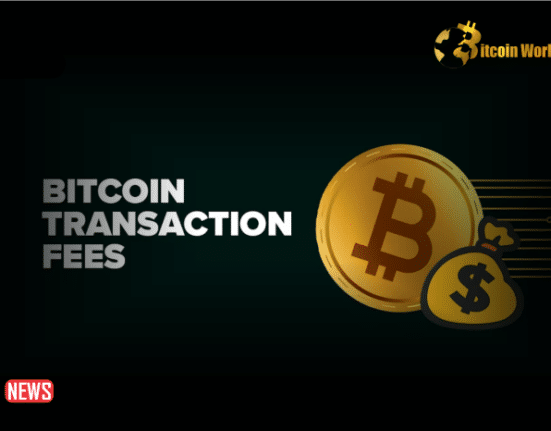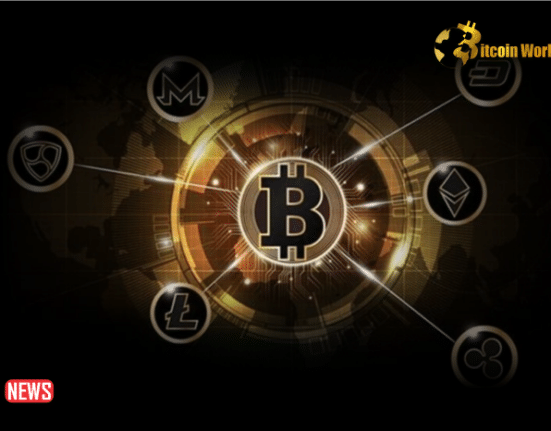According to a Dune Analytics dashboard, the total costs paid for Ordinal inscriptions on Tuesday exceeded 272 BTC, or almost $7.6 million. With daily network fees topping 23 BTC, or around $660,000, over 372,000 inscriptions were made on the Bitcoin network on only Monday alone, adding to a daily record 682,281 Bitcoin transactions.
According to Trevor Owens, Managing Partner of Bitcoin Frontier Fund, “the majority of the acceleration is BRC-20.” More than 1 million more inscriptions were added to the more than 2.5 million already present on the Bitcoin network in less than a week thanks to the BRC-20 token standard, which made it feasible to issue tokens and meme currencies on the network.
BRC-20, also known as Bitcoin Request for Comment number 20, was first released in March and enabled the Ordinals protocol to create fungible tokens, sparking renewed interest in creating NFT-like assets on the Bitcoin network.
But even though JPEGs are overrunning the internet, most inscriptions still use text. According to Owens, text inscriptions are less expensive since you pay for the amount of data you use. In contrast to JPEGs and other digital media, they are low-cost and high-volume.
According to statistics from Mempool, the current memory consumption on the Bitcoin network is above 650 MB, which is twice the original 300 MB capacity. This shows a stronger demand for computer memory because of the increasing transactions and longer blocks. Although this might make maintaining a node more difficult, supporters of Ordinals claim that it secures and fortifies the network.
According to anonymous Twitter user @LeonidasNFT, greater costs on Bitcoin are a very positive. “We will see fees on Bitcoin continue to climb as long as the value gained from minting BRC-20 tokens is higher than the value lost to the inscription fees,” he said.
Leonidas says, “It indicates strong demand for Bitcoin’s block space, which is essential for the protocol’s long-term success.” “The days of using Bitcoin to only transfer BTC to your hardware wallet once every few years have ended.”
The Bitcoin blockchain benefits from high fees because they reward miners, prioritizes value transactions, and improve network security. While flooding the Bitcoin blockchain with JPEGs and driving up sending costs may benefit miners and the network’s security, it raises the cost of transactions on the network.
According to a tweet from Taproot Wizards, the Taproot Wizards collection took up over 80MB of Bitcoin block space when it was inscribed in February. However, current Bitcoin transaction fees are so high that we would have had to pay 32 BTC in fees if we had attempted to encrypt the 80MB of wizards today. Nearly $1 million was spent.
Owens said, “I think this is the best thing that could have happened to Bitcoin,” noting that the introduction and growth of Ordinals did not need a modification to the Bitcoin underlying protocol. “To reach mass adoption, we need to increase the value of Bitcoin through better user experience and more use cases, and we’ve unlocked new use cases to bring in liquidity, new users, and lots of developers.”















